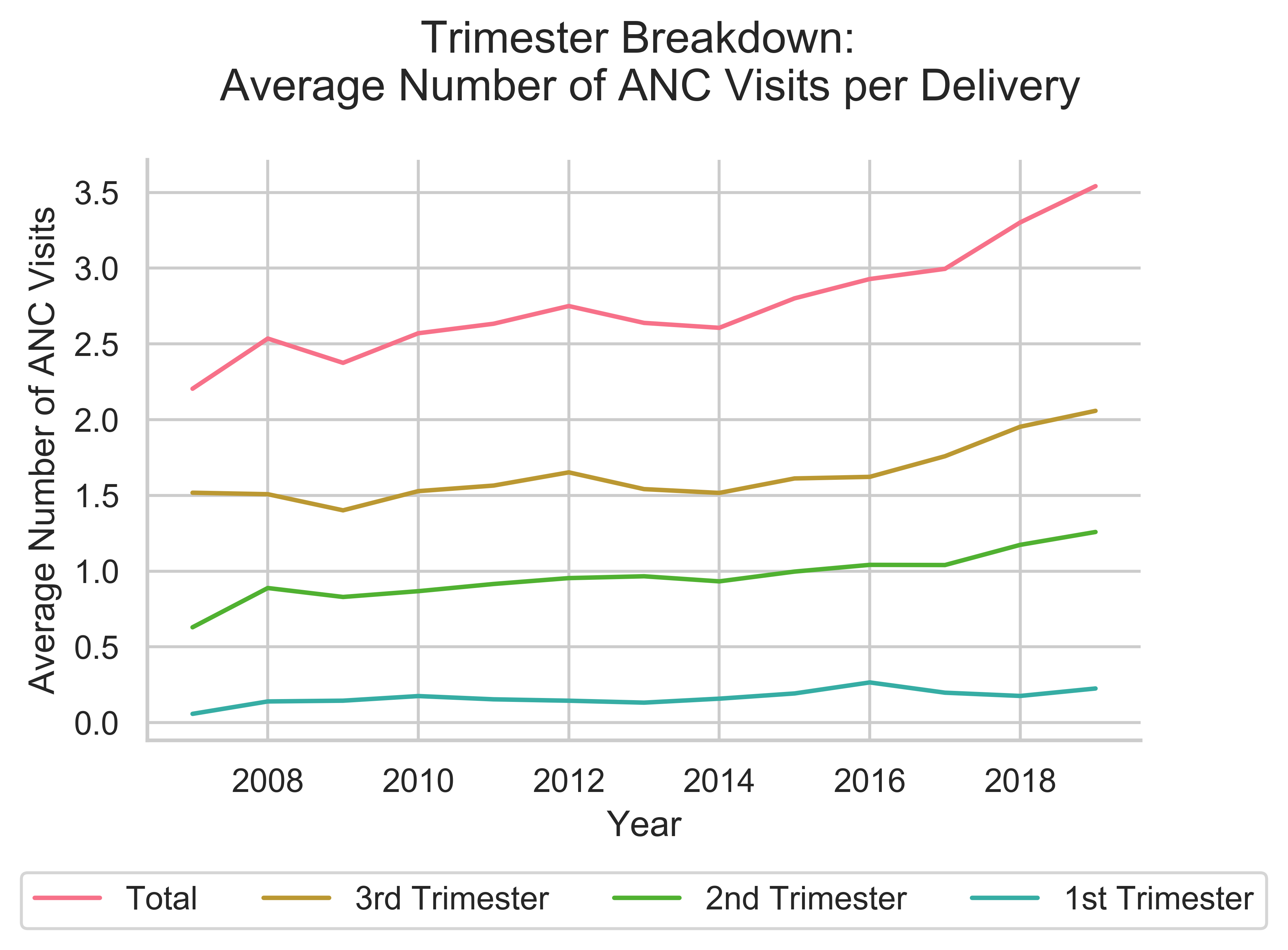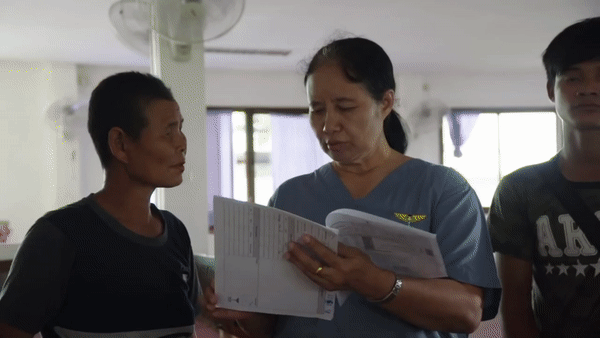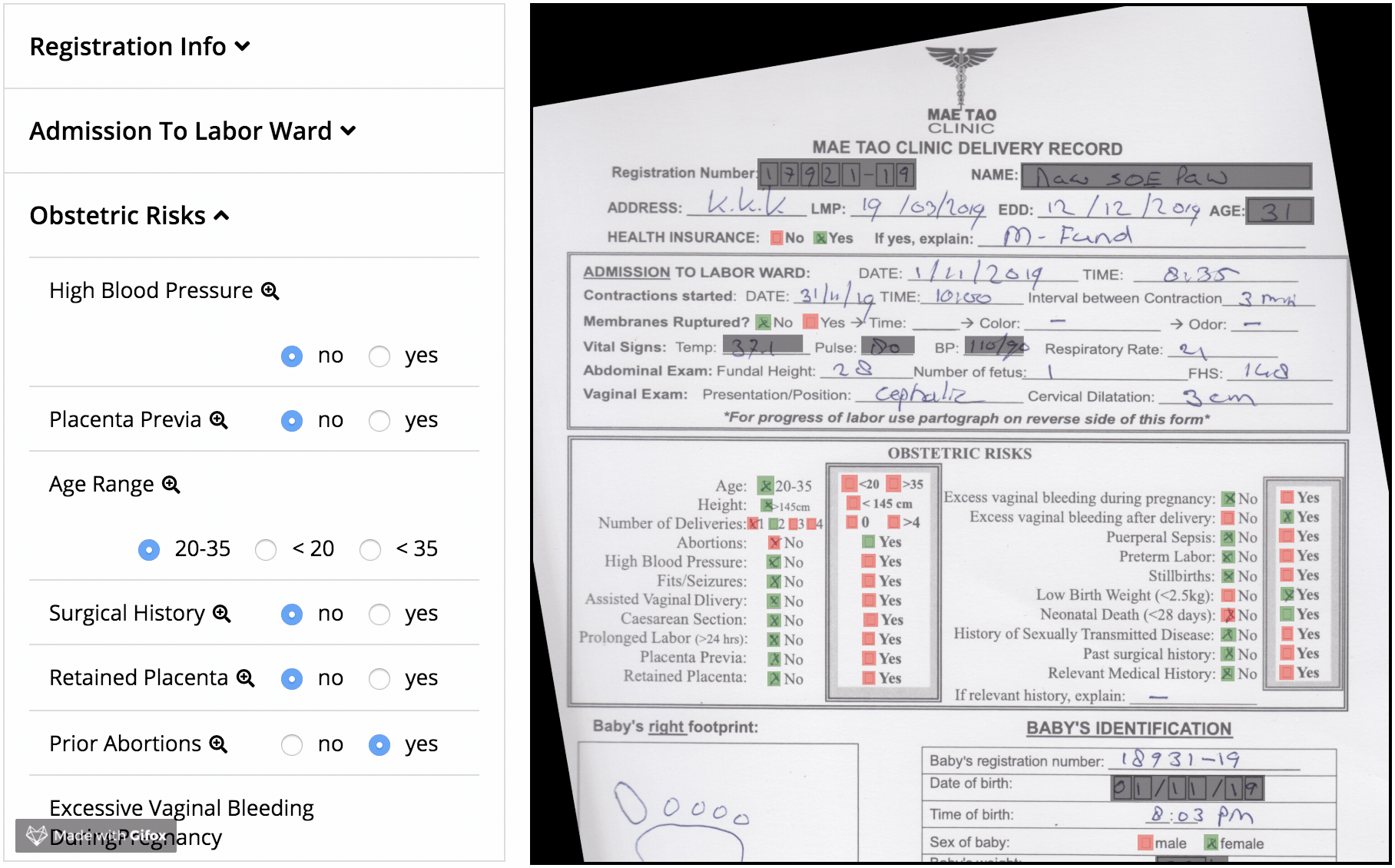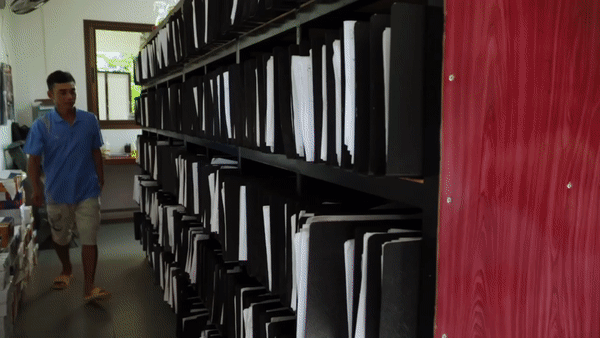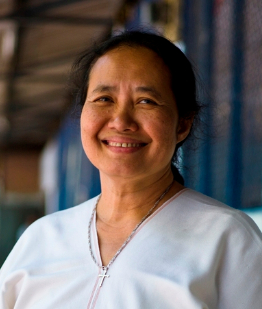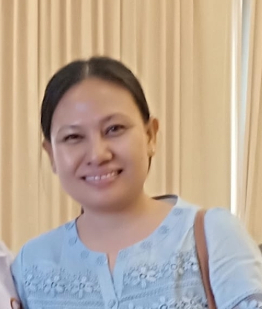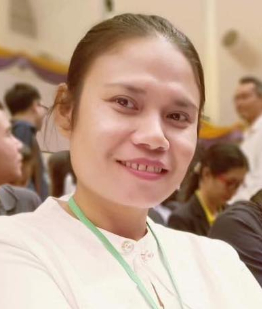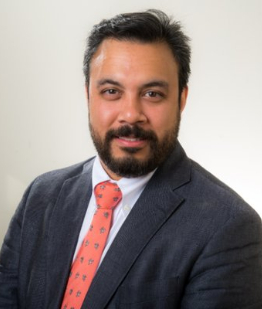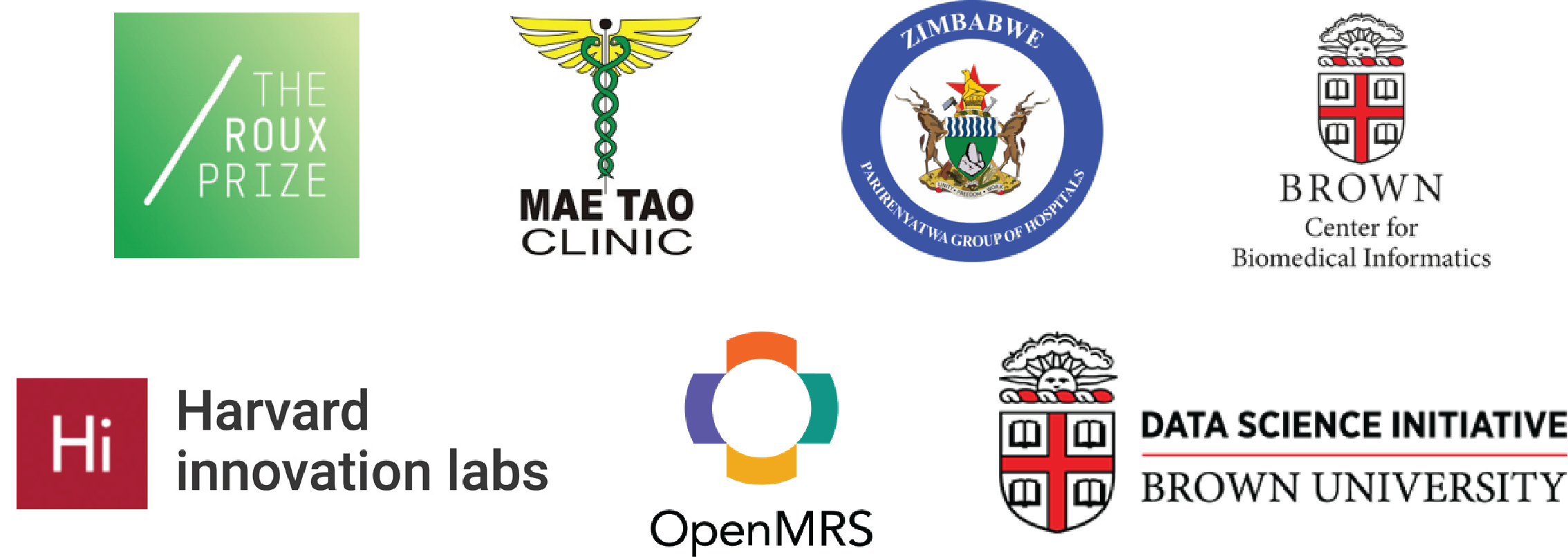The Digitize Project: Automated digitization of paper medical records in low-resource settings
Our goal is to enable high-quality, sustainable medical data acquisition in settings where electronic medical record systems are not feasible and clinical insight is needed most.
Our pilot study on the Thai-Burma border delivered data-driven insights to better understand maternal health outcomes among migrant mothers at the Mae Tao Clinic.



